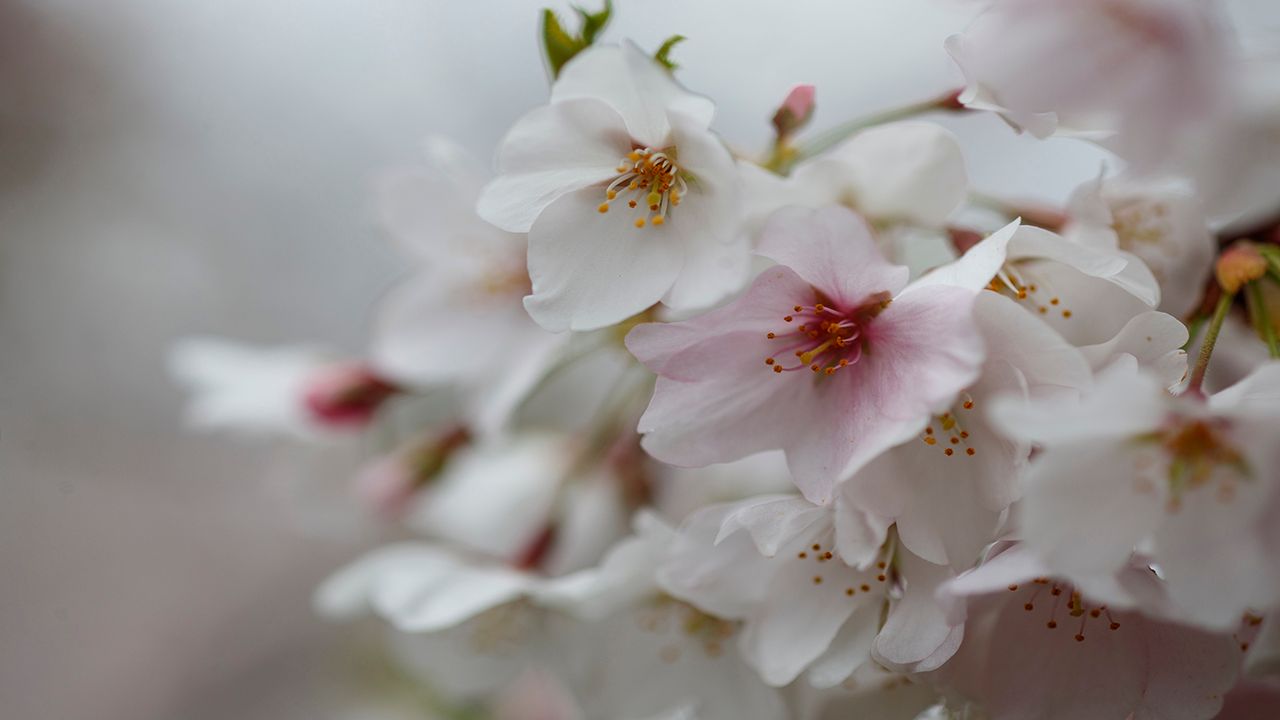I suppose there are several ways to consider what the worst blizzard in recorded history is. Cost in dollars such as property damage and repairing infrastructure come to mind, but what stands out to me is loss of life, and human and animal hardship.
With that in mind, the 1972 Iran Blizzard has to be at the top of the list.
We normally don’t think about Iran as a place where blizzards occur. Sure, they have mountains that receive copious amounts of snow, but not everywhere else!
In reality, much of Iran has a semi-arid climate that can experience all four seasons with high mountains and high valleys.
However, much of the country sits in a zone where "extratropical" (outside the tropics) cyclone formation happens, just like in the United States.
Extratropical cyclones drive the weather over much of the Earth and are generally referred to in our region as low pressure systems, frontal systems or synoptic lows—the last one not as much because it’s a more technical term inside of meteorological settings.
Cloudiness, showers, tornadoes, winter storms, strong winds and blizzards are all associated with extratropical cyclones.

The Iran blizzard in ’72 was an extraordinary event which you’ll see in a moment.
The storm lasted seven days, from Feb. 3-9. However, several snowstorms in January had already covered the western portion of the country in snow.
Periods of heavy snow and below freezing temperatures over this week-long period buried many rural areas in close to 10 feet of snow. Portions of southern Iran received as much as 26 feet of snow.
This produced widespread major tree damage and power outages, and buried homes and some villages in enough snow to cover a two and a half story building. It’s difficult to imagine.

With no power to heat homes, no food, no medicine, no transportation and no way to dig tunnels out of those homes buried in so much snow, the loss of life was unprecedented.
More than 4,000 people lost their lives, with some villages having no survivors.
Rescue workers brought food and aid as best they could but were forced to evacuate in another blizzard that struck the country a few days later on Feb. 11.
In U.S. history, the worst blizzard in terms of loss of life was the Great Blizzard of 1899 in February that year. The worst in terms of financial cost was the superstorm in March 1993.
Our team of meteorologists dives deep into the science of weather and breaks down timely weather data and information. To view more weather and climate stories, check out our weather blogs section.









